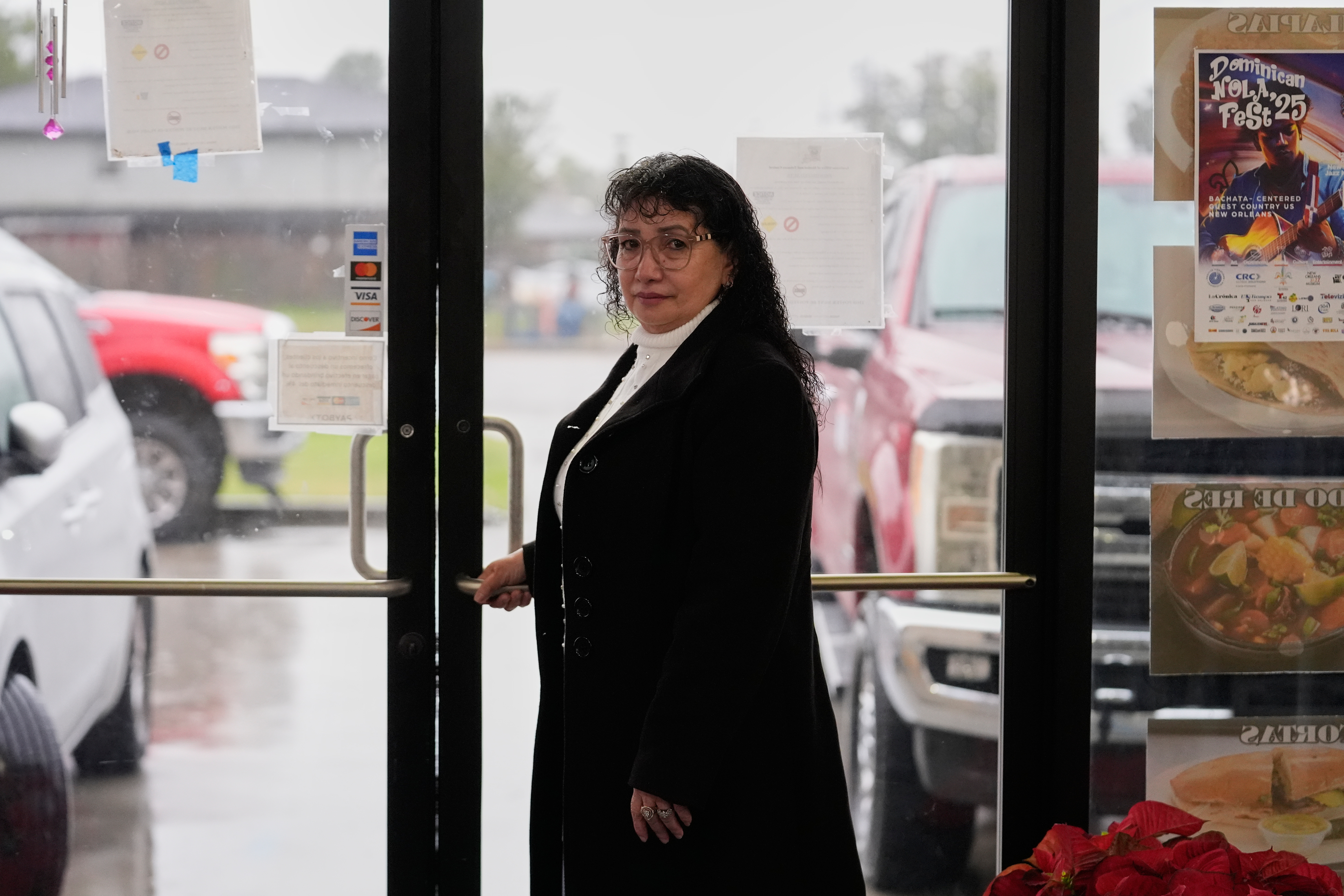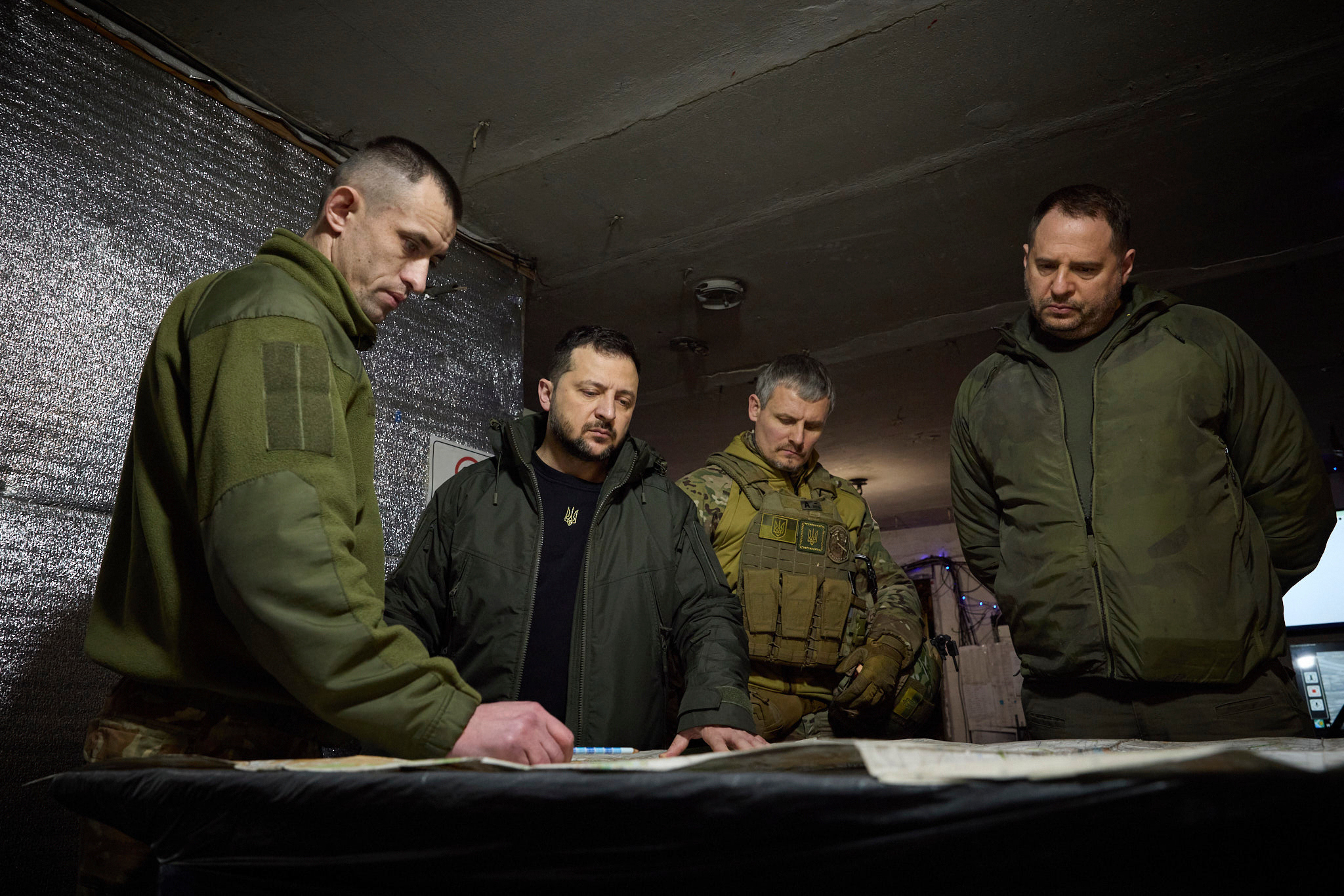Midterm voters turned out in droves this year — and that meant massive lines and long waits at some polling places.
"Lemme show you the line right now. It is still very long and has been like this all day today."
"Now, lines are projected to be long today in Missouri."
"Three of the four voter machines here were down, and as you can imagine, that led to very long lines."
"Thirty to forty minutes waits for some."
"I'm now told that the wait is about an hour-and-a-half to an hour-forty-five minutes."
Some saw these long lines as evidence of strong voter turnout. Others saw it more negatively as signs of a weakened election infrastructure.
Parts of Georgia faced the brunt of election struggles, and some say that was because of a lack of voter machines, poll workers and provisional ballots.
Rev. Jesse Jackson visited one of the crowded polling places to encourage voters not to leave. He said in a statement: "It's a classic example of voter suppression, denying people easy access to exercise their right to vote."
Whether or not you agree with Rev. Jackson, election experts have argued for years that long lines are a big problem. The Joint Center for Political and Economic Studies say that long lines reduce turnout and cost Americans time and money. The Bipartisan Policy Center argues that long lines can also signal faulty election administrations that just don't meet the needs of the community.
So, how do we fix this? By gathering data first.
The Bipartisan Policy Center encourages election administrators to track polling place lines in real time, which can help pinpoint where issues start before they get worse.
A 2015 study published in the Election Law Journal offers further guidance.
First, to reduce the number of voters coming to a polling place, researchers recommend expanding early voting programs — either by mail or in-person. As of the 2018 midterms, 13 states have yet to allow in-person early voting.
Beyond that, researchers also recommend increasing the number of polling places, workers and machines. Again, the lack of these resources led to major waits in some parts of Georgia, and other experts have correlated longer lines with more populated districts.
Lastly, the study recommends decreasing the length of ballots and better informing voters.
It's unclear how much these proposals will cost, and we don't know precisely how much time they could actually save.
Despite these unknowns, one thing is clear: if more and more people are voting, like we saw this year, our election infrastructure has to be able to keep up.
Additional reporting from Newsy affiliate CNN.




 David Hogg Says Gun Violence Will Bring Young People To The Polls
David Hogg Says Gun Violence Will Bring Young People To The Polls






